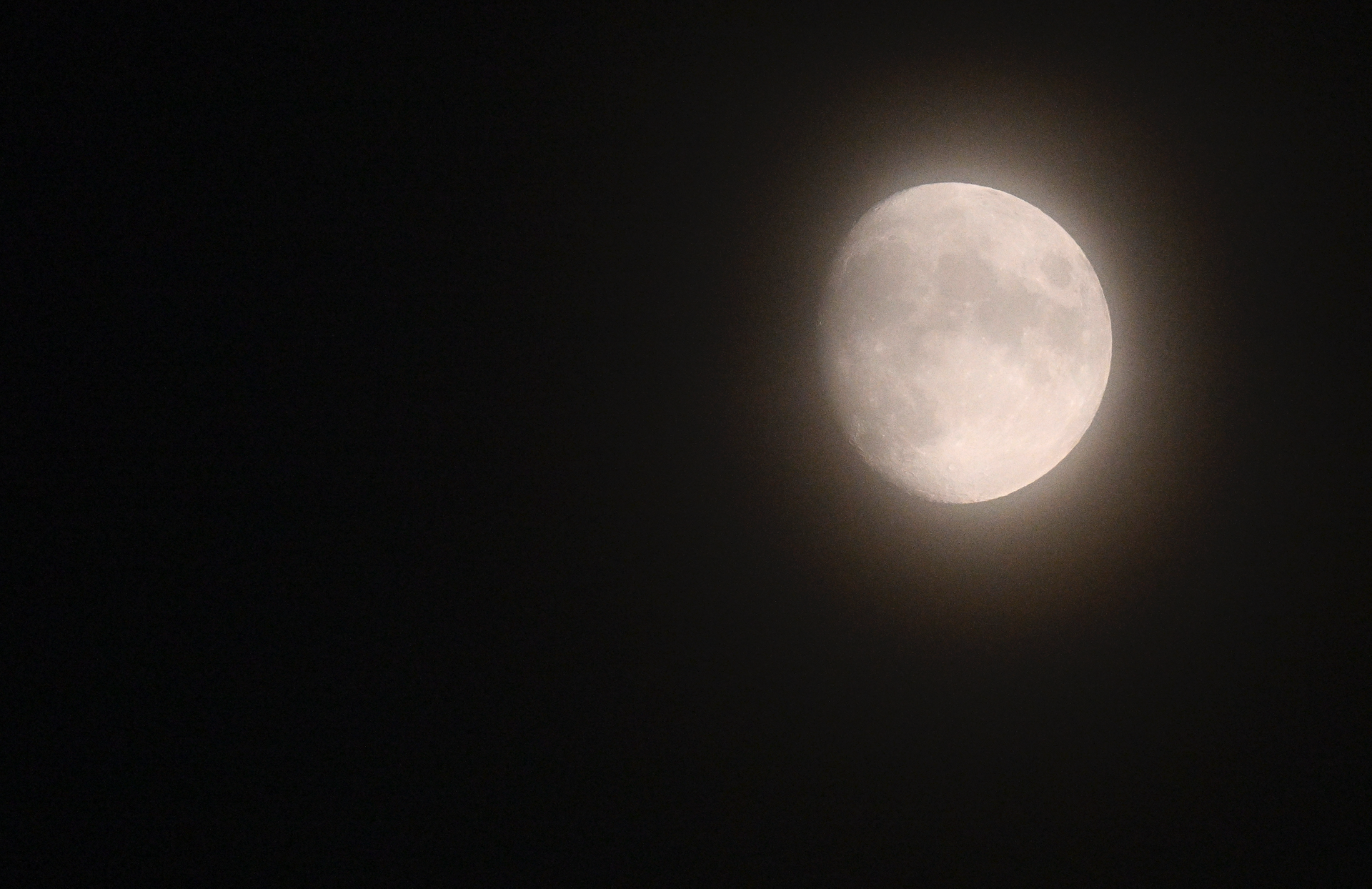August has already been a treat for lovers of astronomy, but this week will be a highlight, as not one but two striking astronomical phenomena can be seen from Belgium.
At the start of this month (1 August), people in Belgium were able to spot a supermoon – a full moon that appears to be about 7% larger and 14% brighter than normal because the distance between the moon and the earth is smaller – and on the night from Wednesday to Thursday, this phenomenon will take place once again.
Usually, a full moon only occurs once a month because the moon's cycle takes 29.5 days. The last time two full supermoons appeared in the same month was in 2018, while the next blue moon is expected on 31 May 2026. As two full moons in one month are rare, the second one is also called a blue moon – which is where the expression "once in a blue moon" comes from.
The rare blue supermoon – which will actually retain the moon's usual colour – will be even closer to Earth this week, at about 354,917 kilometres. For comparison, the greatest distance the moon and Earth can be apart is 405,696 kilometres.
Visible phenomenon?
To see the blue supermoon well, it is best for there to be as little cloud cover as possible. While some showers and cloud cover are expected on Wednesday, the rain is predicted to fall mostly in the daytime, meaning Belgium will experience a largely dry evening with a few sunny spells.
People interested in viewing the blue supermoon should not go out too late at night: in eastern countries, the moon is often easily visible throughout the night, but in the West, the moon remains largely hidden behind clouds during the second half of the night.
The supermoon is best viewed from an area with dark skies and limited light pollution. Using a small telescope or binoculars is also recommended as it offers the opportunity to see the moon's surface in greater detail.
Related News
- Belgian astronomers make puzzling discovery
- Meteor shower should be visible from Belgium this weekend
However, the astronomical spectacle does not end here, as Saturn is also in opposition at the same time. This means that it is at its closest position to Earth, allowing people to see the planet much more clearly as it will be visible all night. Saturn reached opposition on 27 August, and will remain more visible than usual for several months.
To witness the combination of a supermoon, blue moon and blood moon (a total lunar eclipse because the moon is in the shadow of the earth), astronomy fanatics will have to wait patiently until 2037.

